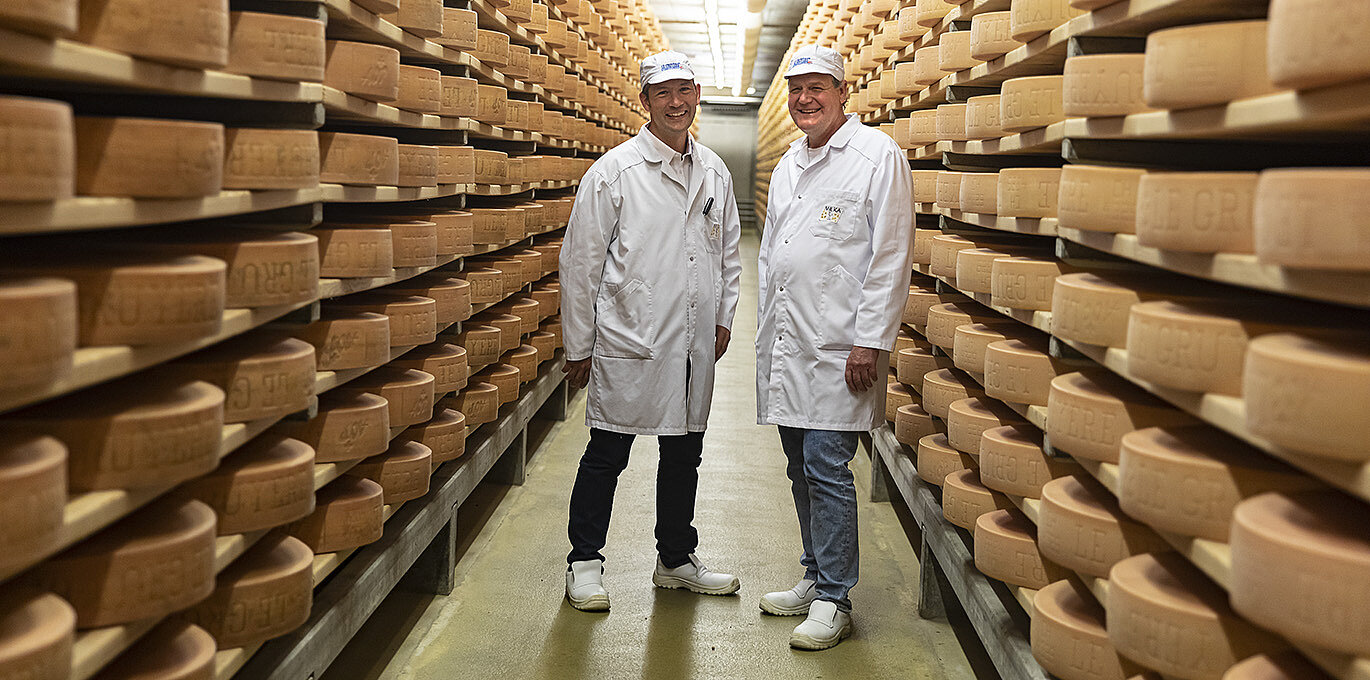Leading Cheese Makers in Melbourne: The Story of Floridia Cheese Thomastown
Leading Cheese Makers in Melbourne: The Story of Floridia Cheese Thomastown
Blog Article
Opening the Keys of Artisanal Cheese Making: A Step-by-Step Do It Yourself Overview
In the realm of cooking craftsmanship, artisanal cheese making stands as a testimony to the fragile balance between tradition and technology. Each action in the procedure, from picking the best milk to perfecting aging methods, holds within it a wealth of expertise passed down through generations. As we embark on this trip to demystify the art of developing charming cheeses, we are confronted with a tapestry of keys and skills waiting to be deciphered. Join us as we check out the intricacies of this ancient craft, where art, persistence, and science merge to generate tastes that tantalize the detects.
Choosing the Right Milk
When embarking on the journey of artisanal cheese production, the selection of milk plays an important role in establishing the quality and characteristics of the last item. The type of milk chosen impacts the taste, texture, and generally profile of the cheese.
When selecting milk for cheese production, it is important to take into consideration the fat web content. Greater fat content in milk can cause a creamier and richer cheese, while lower fat material might lead to a drier and firmer appearance. In addition, the source of the milk, whether from cows, goats, lamb, or buffalo, adds unique flavors and qualities to celebrity (Floridia Cheese). Each kind of milk brings its own nuances, enabling a large range of cheese varieties to be crafted based upon the chosen milk. Inevitably, the choice of milk is a fundamental choice that sets the foundation for a successful artisanal cheese-making venture.
Culturing and Coagulating
To start the cheese-making process, the critical actions of culturing and coagulating need to be meticulously performed to change milk right into curds and whey. The type of society used can substantially influence the flavor, appearance, and ripening of the last cheese item.

The timing and temperature level control throughout culturing and coagulation are essential variables that influence the final outcome of the cheese. Proper execution of these actions is vital to ensure the preferred structure, flavor, and consistency of the artisanal cheese being generated.
Draining Pipes and Pushing Curds
After the milk healthy proteins have coagulated and the curds have actually been reduced to release whey, the next critical action in artisanal cheese making includes draining pipes and pushing the curds to attain the preferred appearance and uniformity of the final cheese item. The time for draining pipes can vary depending on the type of cheese being made and the desired moisture material.
Once the curds have actually completely drained pipes, the following action is pressing. Pushing aids get rid of any kind of continuing to be whey and compacts the curds to form a strong cheese wheel. Pressing can be done making use of specialized cheese presses that apply gentle and constant pressure over an amount of time. The period and pressure used during pressing will affect the final texture of celebrity, from velvety and soft to hard and company. Proper pressing and draining pipes are vital actions that considerably influence the high quality and qualities of the artisanal cheese being produced.
Aging and Flavor Techniques
Applying careful aging and flavoring methods is crucial in boosting the deepness and intricacy of artisanal cheeses, boosting their taste accounts to exquisite degrees of refinement and class. Aging plays a crucial duty in creating the distinct tastes and textures that differentiate artisanal cheeses. Throughout the aging process, cheeses are stored in thoroughly regulated atmospheres where elements such as air movement, moisture, and temperature level are controlled to urge the development of valuable molds and bacteria. This controlled setting allows the cheese to develop gradually, creating rich flavors and complicated aromas.
Seasoning techniques also contribute dramatically to the final taste of artisanal cheeses. Cheesemakers might choose to present extra flavors by incorporating ingredients such as herbs, seasonings, or even fruits right into celebrity during the manufacturing procedure. In addition, some cheeses are washed or scrubed with different liquids, such as brine or alcohol, you can find out more to boost their textures and flavors.
Wrapping and Keeping Cheeses

Final Thought
In conclusion, understanding the art of artisanal cheese making entails thoroughly selecting the appropriate milk, complying with specific culturing and coagulating procedures, draining and pressing curds successfully, and utilizing different aging and flavoring strategies. Remember to cover and keep your cheeses appropriately to ensure ideal taste and texture advancement.
Each type of milk brings its own subtleties, enabling for a wide variety of cheese ranges to be crafted based on the picked milk.After the milk proteins have actually coagulated and the curds have actually been reduced to launch whey, the following vital step in artisanal cheese making involves draining pipes and pushing the curds to accomplish the preferred appearance and uniformity of the final cheese product. Many cheeses should be covered in wax paper or cheese paper to enable them to take a breath while protecting them from drying out. For cheeses that require to proceed aging, such as bloomy rinds or washed rinds, ensure they are saved in a great setting like a cheese you can find out more cavern or a refrigerator established to the suitable temperature level. By paying focus to the wrapping and storage of artisanal cheeses, cheese makers and enthusiasts can maintain the honesty of these delicacies and completely appreciate their complex flavors.
Report this page